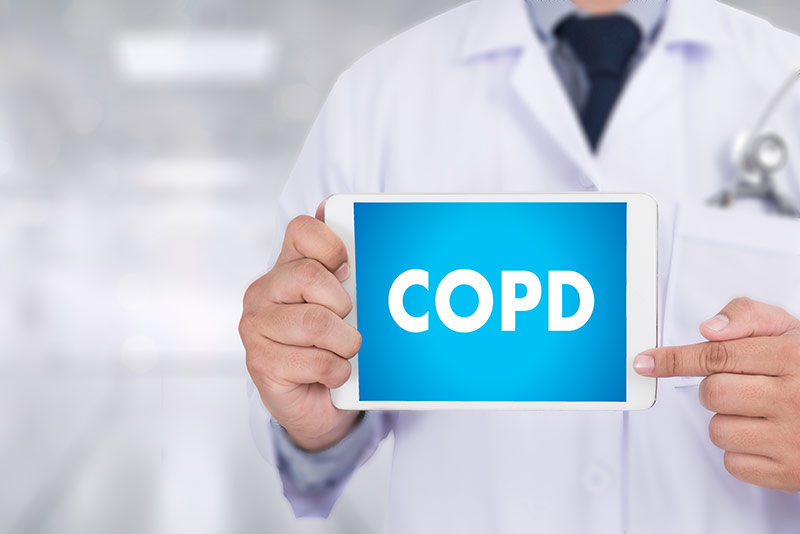COPD with Exacerbations Clinical Study
Current Clinical Studies
COPD with Exacerbations
Understanding COPD with Exacerbations
COPD with exacerbations refers to a stage of chronic obstructive pulmonary disease where symptoms worsen suddenly. Exacerbations can lead to increased breathlessness, persistent coughing, and heightened production of mucus, significantly impacting your quality of life. While occasional exacerbations are expected, frequent or severe episodes can have a profound effect on your daily activities and overall well-being.
Symptoms of COPD with Exacerbations
Increased Breathlessness: Sudden and intensified sensation of breath shortage.
Persistent Coughing: Continual coughing that may produce mucus.
Heightened Mucus Production: An increase in mucus production, affecting breathing.
Chest Tightness: A sensation of pressure or constriction in the chest area.
Worsened Fatigue: Experiencing extreme tiredness, often triggered by exacerbations.
Our Approach to COPD with Exacerbations Clinical Studies
At Elite Clinical Studies, we understand the significant impact that COPD exacerbations can have on your life. Our research and clinical trials are focused on:
Innovative Interventions: We explore novel and advanced intervention methods aimed at managing COPD exacerbation symptoms, reducing their frequency and severity, and enhancing overall respiratory health.
Lifestyle Adaptations: Our studies investigate the role of lifestyle adjustments, exercise, and habits in alleviating COPD exacerbation symptoms and preventing their recurrence.
Individualized Care: We recognize the diversity of experiences among those with COPD exacerbations. Our experts provide tailored care to address unique needs and optimize treatment strategies.
Participate in Our COPD with Exacerbations Clinical Studies:
By participating in our COPD with Exacerbations clinical trials, you actively contribute to advancing medical knowledge and shaping the future of COPD exacerbation management. Whether you seek relief from persistent symptoms or wish to contribute to scientific understanding, your involvement holds the potential to make a significant impact.

